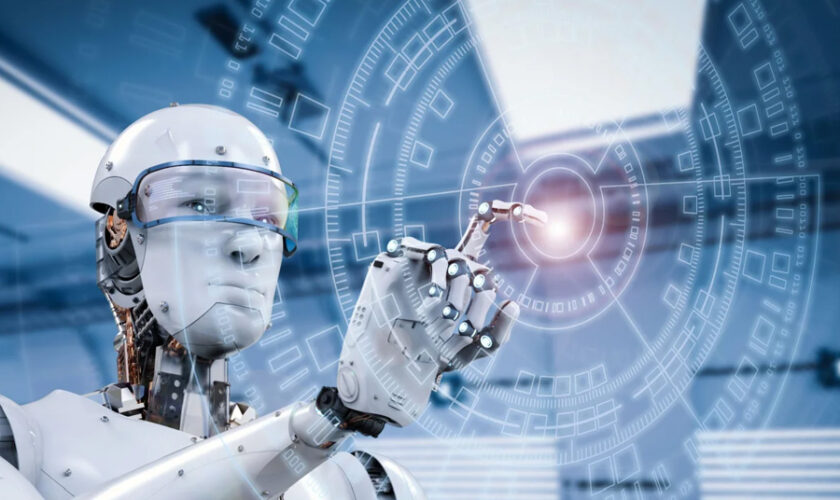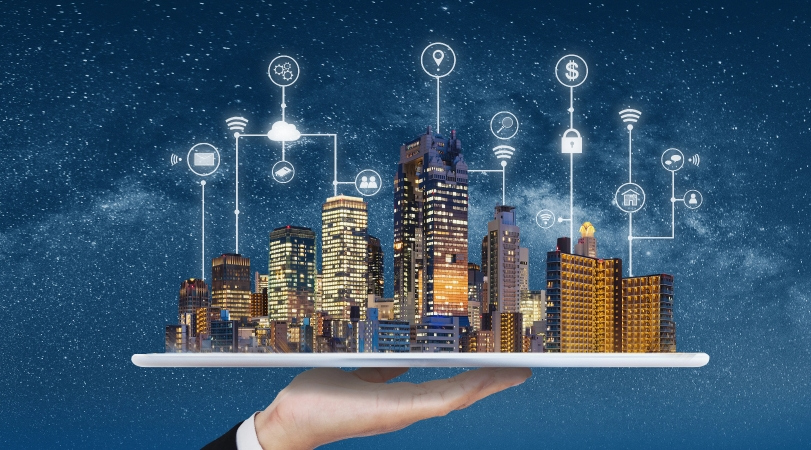As they come in various designs to suit tastes, eyelash extensions have become a mainstay in the beauty industry. Wet lash extensions and 3D eyelash extensions are two of the favoured choices. Both kinds have unique appearances and call for unique application and upkeep methods.
Discover the advantages and disadvantages of these types of eyelash extensions, helping you make the appropriate decision for your tastes and way of life.
What Are 3D Eyelash Extensions?
3D eyelash extensions refer to a volume lash technique where three lightweight lash extensions are applied to one natural lash. This method provides a full, dramatic appearance without excessive weight. The lashes used in this method are thinner than those used in classic eyelash extensions, ensuring comfortable wear.
This extension is ideal for clients looking for a voluminous lash line with a uniform finish. It works well for individuals with sparse natural lashes, as it creates the illusion of thickness and density. However, the application process is time-intensive due to the intricate fanning technique required to achieve the 3D effect.
What Is the Wet Lash Extension Look?
Wet lash extensions are designed to mimic the appearance of natural lashes when wet. This style involves using closed-fan lash extensions to create narrow, spike-like clusters. The result is a sleek, defined lash line with a glossy finish that resembles freshly applied mascara.
This type of lash extension appeals to clients seeking a minimalistic yet stylish look. Wet lash extensions provide a lighter and less dense appearance than volume or 3D lash extensions, making them suitable for everyday wear. They are also easier to maintain, as the style focuses on exactness rather than volume.
Primary Differences Between 3D and Wet Lash Extensions
1. Volume and Thickness:
- 3D eyelash extensions offer a full, dramatic look with three lashes applied to each natural lash.
- Wet lash extensions provide a thin, natural appearance with a sleek, spiked effect.
2. Application Technique:
- 3D extensions require intricate handcrafting of lash fans to achieve the desired volume.
- Wet lashes are applied using closed fans, which reduces the application time.
3. Ideal Use Cases:
- 3D eyelash extensions suit individuals who prefer bold and dense lash styles.
- Wet lash extensions suit clients who want a subtle, everyday look.
4. Maintenance:
- Both styles require regular touch-ups every two to three weeks. However, wet lash extensions may be easier to clean and maintain due to their lighter design.
5. Durability:
- Both styles last up to six weeks with proper care, though heavy styles like 3D eyelash extensions may require frequent adjustments to avoid straining natural lashes.
Pros and Cons of 3D Eyelash Extensions
Pros:
- Provides maximum volume and density.
- Ideal for special occasions or clients with sparse lashes.
Cons:
- Time-intensive application.
- Heavier feel compared to lighter extensions.
Pros and Cons of Wet Lash Extensions
Pros:
- Offers a natural, low-maintenance look.
- Lightweight and comfortable for daily wear.
Cons:
- Less dramatic than volume styles.
- Limited versatility in creating bold looks.
Which Style Is Right for You?
Choosing between 3D eyelash extensions and wet lash extensions depends on personal preferences and lifestyle. Clients who prefer bold, voluminous lashes for events or photography often gravitate toward 3D eyelash extensions. On the other hand, those who value subtlety and minimal upkeep may find wet lash extensions more practical.
Conclusion
When choosing the best type, it’s critical to comprehend the features, advantages, and drawbacks of both wet and 3D eyelash extensions. Think about your natural lash health, the style you want to attain, and the amount of upkeep you’re ready to devote to. Speaking with a licensed lash technician can also give you further information about which suits you. Both forms can accommodate different aesthetic objectives and offer unique benefits.
Visit J.Lashes to enhance your look with professionally crafted eyelash extensions tailored to your style.







